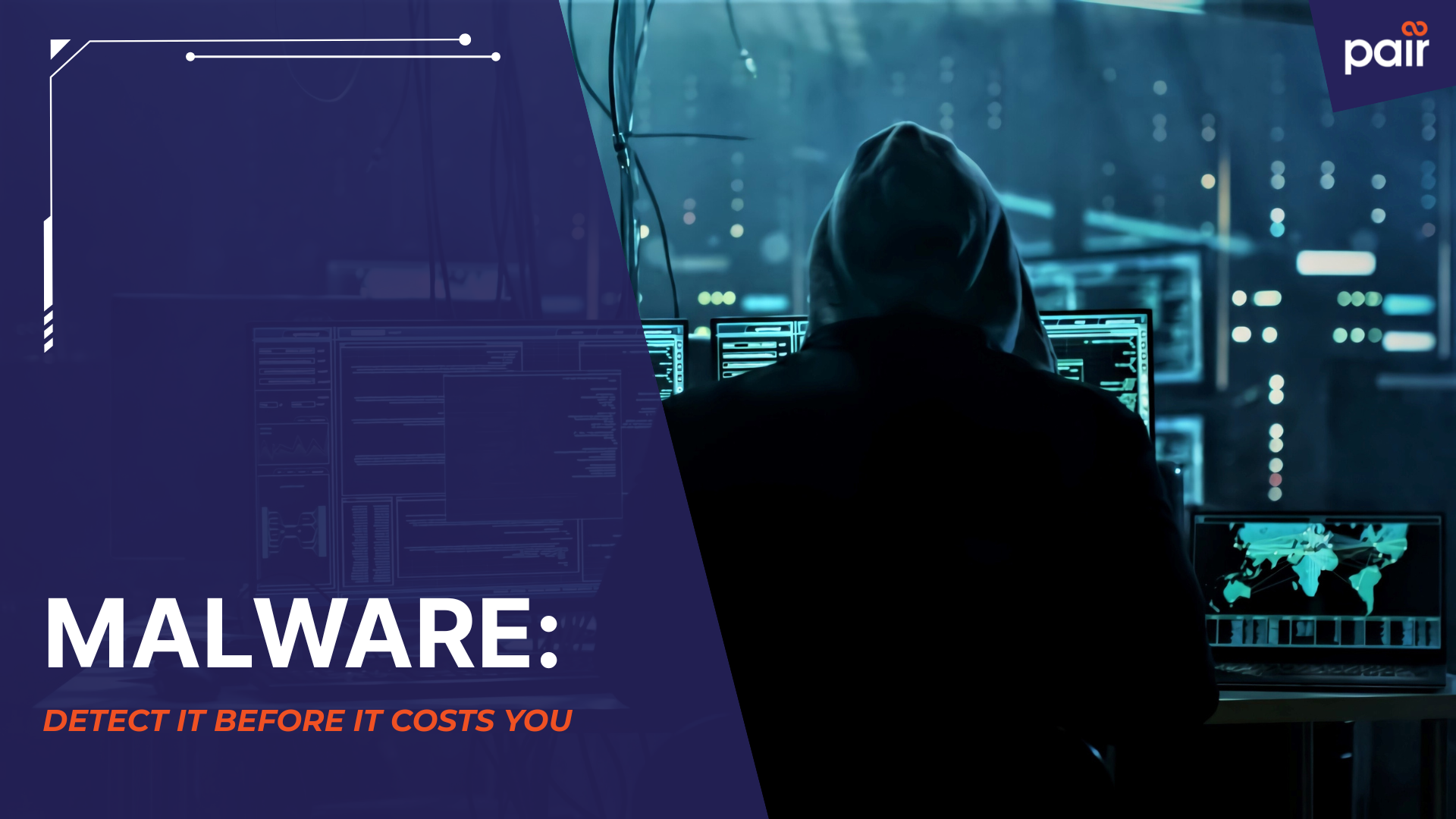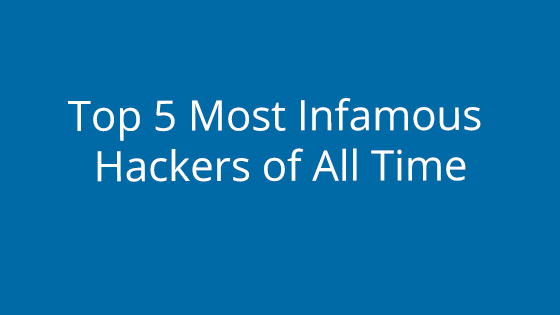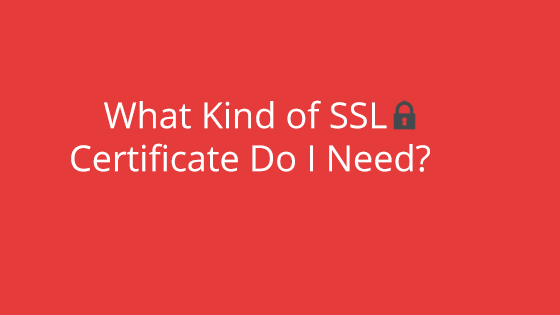The Silent Threat Hiding in Plain Sight
You don’t need to run a huge eCommerce store to attract cyber threats anymore. Even small business websites are prime targets for malware in 2025.
AI-powered attacks, SEO spam injections, and compromised plugins have made it easier than ever for hackers to automate infections — and harder for you to notice.
The problem? Most malware doesn’t announce itself with flashing red lights. It hides quietly, slowing your site, redirecting your visitors, or quietly stealing data in the background.
Here’s how to detect it before it spirals, and what you can do to protect your business.
What Is Malware (and How It Gets on Your Site)
Malware is short for “malicious software.” It’s a catch-all term for programs designed to harm, exploit, or control systems without permission.
Website malware can look like:
- Code injected into your files
- Phishing links added to your pages
- Spam content hidden in your metadata
- Scripts that steal data or redirect users
This can result in a damaged reputation, a blacklisted domain, or even a suspended hosting account.
Now, you might be wondering — how does malware even end up on a legitimate business website?
You might update your CMS (like WordPress) regularly, but one outdated plugin or theme could leave a backdoor open. Or maybe you download a file from your local computer that was already infected and upload it to your site. Even shared admin credentials over unsecured Wi-Fi can do it.
It’s surprisingly easy. Detecting it early is the challenge.
How to Detect Malware on Your Website
Malware detection starts with awareness. Some warning signs are obvious, others subtle. Let’s break down what to look for.
1. Browser Warnings
If you visit your site and see messages like:
“This site may harm your computer.”
“Deceptive site ahead.”
That’s your browser (often via Google Safe Browsing) flagging potential malware. If you’re seeing that, visitors probably are too.
Keep in mind that not every warning means confirmed infection. Sometimes, missing SSL certificates can trigger a red flag. (If you’re unsure, check Pair’s SSL Certificate guide to rule that out.)
But if you do have SSL and still see a warning, it’s time to scan your files.
2. Random Redirects
Redirects that send visitors to unrelated or suspicious sites, especially intermittently, are a classic malware symptom.
They might happen only under certain conditions, like when a user clicks a link from Google search results. That’s intentional. Attackers often use conditional code hidden deep in your .htaccess file or server scripts.
If users start reporting “weird links” or “different pages,” don’t ignore it.
3. CMS or Login Changes
If your WordPress or CMS credentials change unexpectedly, or you’re locked out entirely, malware might be at play.
Some strains create new admin accounts or modify your permissions, allowing the attacker to maintain control. If this happens, assume someone else has access and act fast—change passwords everywhere, then run a malware scan immediately.
4. Missing or Altered Files
Malware can alter your website files or even delete key components. If pages, assets, or styling suddenly vanish (and no one on your team made changes), check your file structure.
Look for new files with random strings or strange timestamps. Those could be injected scripts.
H3: 5. Performance Drops or Crashes
A sudden slowdown, frequent site crashes, or random “503 errors” can signal malware quietly consuming server resources.
Yes, performance dips can come from normal causes — a viral traffic spike, large image files, or outdated hosting. But if nothing else changed recently, malware could be behind it.
Pair VPS hosting can help isolate your environment if your site needs more stability and protection.
6. Pop-Ups or Spam Ads
Ever loaded your site and been greeted by endless pop-ups you didn’t install? That’s a red flag.
Injected adware often sneaks in via compromised plugins or JavaScript files. And those pop-ups may carry additional malware payloads if clicked.
If it feels off, it probably is.
Confirming and Scanning for Malware
Once you suspect something, don’t guess — scan.
Pair Networks includes free malware scanning with hosting accounts. It automatically scans up to 10,000 files per week and emails you if anything suspicious shows up.
For businesses that want daily protection, Pair’s Intrusion Defense packages go further. They scan your entire site daily, identify suspicious code, and handle cleanup for you.
(That last part matters. Detecting malware is one thing; cleaning it safely without breaking your site is another.)
If you prefer a second opinion, external tools like Google Search Console’s Security Issues report can also confirm infections. But always follow up with a hands-on scan of your hosting account.
Cleaning Up Malware (Without Making It Worse)
Removing malware manually can be tricky. One wrong file deletion can take down your site.
If you’re confident in your skills, start by:
- Backing up your site first (always).
- Replacing compromised core files with clean versions.
- Removing unknown admin accounts.
- Updating all software and plugins.
- Changing all passwords—including hosting, FTP, and database credentials.
But if you’re short on time or experience, let the experts handle it.
Pair Networks includes free weekly malware scanning with all hosting accounts. For complete protection, our premium Intrusion Defense service provides daily scans and full malware removal, restoring your site and verifying its integrity afterward.
That’s one less sleepless night wondering if the infection will return.
How to Prevent Malware Going Forward
Think of malware defense like regular health checkups— you don’t wait until you’re sick to act.
Start with these fundamentals:
- Enable automatic malware scans. Turn on Pair’s free malware detection tool or upgrade for daily coverage.
- Keep everything updated. Outdated CMS platforms and plugins are the number one cause of infections.
- Use SSL. Always. It encrypts data between your site and visitors, and browsers expect it.
- Limit admin access. Use unique logins for each user and enable two-factor authentication where possible.
- Choose secure hosting. Your hosting provider’s security posture directly impacts your site’s safety.
Even the most secure websites benefit from proactive monitoring. That’s where choosing a trusted host like Pair makes all the difference.
Pair Makes Malware Detection Simple
Detecting malware early keeps your business online, your visitors safe, and your brand reputation intact.
Pair’s hosting plans come with free weekly malware scans, and you can upgrade to Intrusion Defense for daily protection, automatic cleanup, and peace of mind.
FAQs About Website Malware Detection
What Is Malware?
Malware is malicious software that infiltrates websites or systems to steal data, display spam, or disrupt performance. It can hide in plugins, themes, or outdated software.
How Can I Detect Malware On My Website?
Look for browser warnings, unexpected redirects, missing files, or login issues. Then run a malware scan using tools like Pair’s free scanner or premium Intrusion Defense service.
Can Malware Affect My SEO Rankings?
Yes. Google may flag or blacklist infected websites, causing your pages to disappear from search results until the issue is fixed.
What’s the Best Way to Prevent Malware?
The best way to avoid malware is by keeping software up to date, using SSL, and enabling automated malware scans. Hosting with a security-focused provider like Pair adds another layer of protection.




